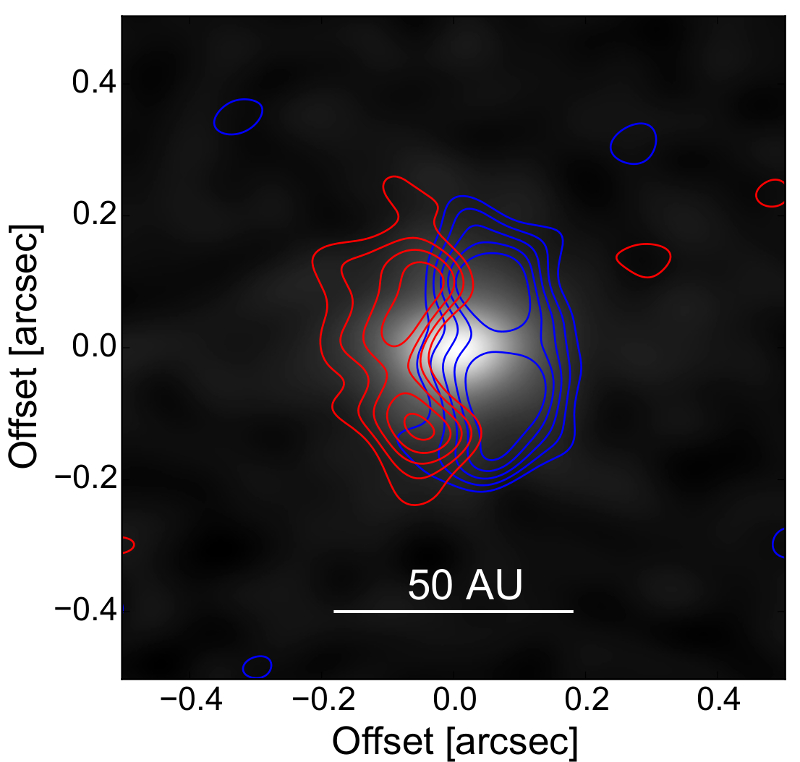| EPoS Contribution |
|
Observational diagnostics of the first hydrostatic core
Alison Young U Leicester, Leicester, UK | |
| The detection of the long-predicted first hydrostatic (or Larson) core (FHSC) is a key goal that remains to be achieved. It is suspected that the initial FHSC mass is invariably ~0.01 Msun and that its tidal fields may help shape the IMF. Observational verification of the FHSC is necessary before its properties can be studied. We present possible signatures of the FHSC in molecular line observations, produced from hydrodynamical, chemical and radiative transfer modelling. This work shows that the kinematics rather than chemical abundances are a better diagnostic of the FHSC. Outflow motions are unlikely to be detectable but the detection of a rotating FHSC outflow should be within the reach of ALMA for relatively nearby (<150 pc) sources. Most current candidate FHSCs should be discarded due to their clear outflows so we require a new selection of candidates to be identified, preferably in the southern sky. | |
 | |
| Caption: Synthetic ALMA observation of an edge-on rotating FHSC with outflow, 6 hours integration and 0.1x0.09 arcsec beam. Red and blue contours: CO (4-3) integrated intensity from 0 km/s to 4km/s and from -4 km/s to 0km/s respectively. The 461 GHz continuum is shown in greyscale. | |
| Collaborators: M. Bate, U Exeter, UK |
Key publication
Suggested Session: Cores2Disks |

